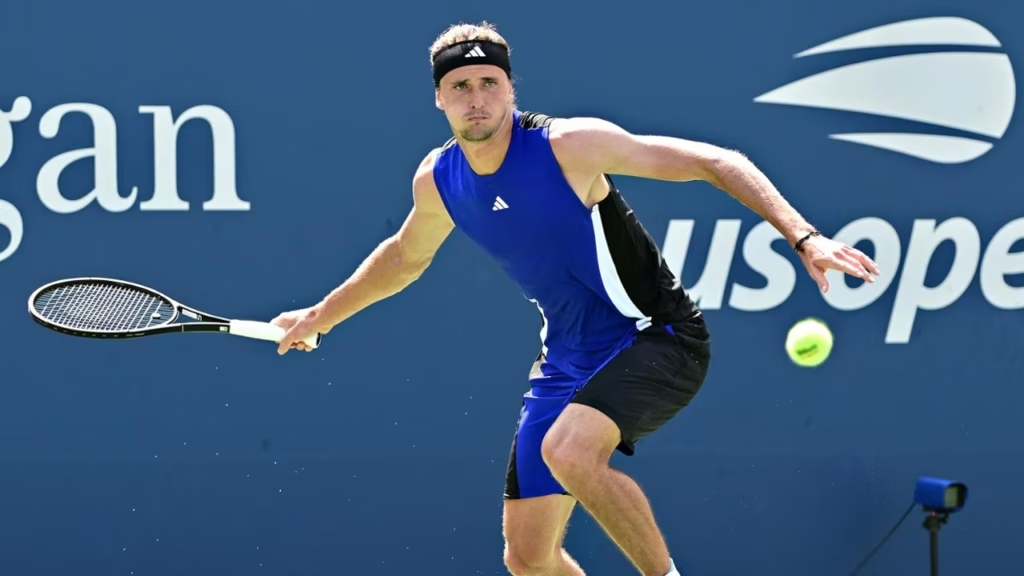The global sports calendar is more than just a series of competitions; it is also the heartbeat of the iGaming peaks industry. Every major sporting event sparks a surge of engagement, betting activity, and digital entertainment, as fans not only watch but also participate through online gaming platforms. Understanding the connection between sports seasons and the iGaming calendar is crucial for operators, marketers, and players who want to maximize opportunities and enjoy a seamless experience.
The Rhythm of Sports Seasons: Driving iGaming Peaks
Sports operate on a rhythmic, seasonal calendar that shapes not only the viewing habits of fans but also the behavior of digital bettors and gaming enthusiasts. Global sports like football (soccer), basketball, cricket, and American football aren’t just spectacles—they’re predictable engines of engagement that trigger major iGaming peaks across platforms worldwide.
Take football, for example. When major leagues like the English Premier League, La Liga, or Serie A are in full swing—or when global tournaments like the FIFA World Cup or UEFA European Championship kick off—interest surges beyond the pitch. These events drive spikes in sports betting, live wagering, and fantasy gaming. For iGaming operators, this translates into user traffic increases that coincide with these peak moments, often referred to as iGaming peaks in seasonal performance reports.
American football sees similar patterns. The Super Bowl, NFL playoffs, and even college bowl games catalyze a surge in online betting activity, drawing in both seasoned users and casual fans. These events often cause some of the most significant iGaming peaks in the U.S. market, creating key revenue windows for sportsbooks and online casinos alike.
Basketball’s March Madness, the NBA Finals, and even international cricket series or tennis Grand Slams are not just major television events—they’re strategic flashpoints in the iGaming calendar. During these windows, platforms often roll out targeted promotions, live betting enhancements, and even casino side-game integrations that capitalize on the broader attention these tournaments generate.
In short, the sports world’s seasonal rhythm is tightly woven into the operational tempo of the iGaming industry. By aligning their marketing, platform readiness, and user acquisition strategies with these natural ebbs and flows, operators can make the most of every iGaming peak, ensuring higher engagement, better retention, and stronger overall performance across the calendar year.
iGaming Peaks Driven by Sports
The iGaming industry thrives on the emotional highs of sports. Peaks occur when the stakes are highest: major finals, derby matches, or once-in-a-lifetime tournaments. During these moments, betting volumes multiply, online casino traffic grows, and sportsbook platforms experience record engagement.
Key examples include:
- World Cup and Euros: Global events that trigger unprecedented levels of betting worldwide.
- Super Bowl: The single biggest betting day in the United States, with massive crossover to iGaming promotions.
- Grand Slam Tennis: Regular spikes across multiple markets as fans bet on star players.
- Cricket World Cup & IPL: Especially in South Asia, these tournaments dominate iGaming activity.
What makes these peaks unique is that they are predictable. Operators can prepare months in advance, aligning marketing campaigns, promotions, and new product launches to coincide with major tournaments.
The Convergence of Sports and iGaming Calendars
The convergence between sports seasons and iGaming activity is no coincidence—it’s a synchronized dance. Sports provide the emotional context, while iGaming delivers the interactive outlet. When the NBA Finals or Champions League knockout stages arrive, betting isn’t just about outcomes. It’s about being part of the moment, competing with friends, and enhancing the fan experience.
This convergence has led to creative marketing campaigns where iGaming platforms tie bonuses, free spins, or exclusive bets to specific sporting events. For example, a casino might offer football-themed slots during the World Cup, or sportsbooks may give risk-free bets when local teams advance to finals.
Technology and Data: The Engine Behind the Peaks
The foundation of modern iGaming success lies in advanced data analytics and evolving technology. These tools allow platforms to predict and respond to shifts in user behavior, especially during high-traffic sporting events. Sports seasons offer a predictable structure for engagement, and data models use that rhythm to accurately forecast iGaming peaks.
By analyzing historical trends, betting habits, and in-game events, iGaming platforms can fine-tune everything from promotional timing to server bandwidth to ensure smooth and optimized user experiences during those critical iGaming peaks. This ensures that platforms don’t just ride the wave—they anticipate it.
Mobile technology has further revolutionized access. No longer confined to desktop use, users now stream matches, place live bets, and even toggle to online casino games—all from the same device. This mobile-first behavior has intensified iGaming peaks, especially during global events like the Super Bowl or World Cup, where second-screen usage becomes the norm.
Social media also contributes to real-time momentum. Viral moments, athlete highlights, and fan discourse on platforms like X (formerly Twitter), Instagram, and TikTok create an environment where excitement feeds on itself, funneling fresh engagement into iGaming ecosystems. For operators, staying ahead of these dynamic, tech-driven touchpoints is essential to harnessing and amplifying iGaming peaks as they unfold.
Looking Ahead: The Future of Sports and iGaming Synergy
The future of sports and iGaming is headed toward even greater integration, and iGaming peaks will continue to be shaped by both innovation and audience behavior. With new jurisdictions legalizing online gaming and sports betting, operators are gaining access to untapped markets where seasonal rhythms are just beginning to influence digital wagering habits.
Emerging segments such as esports are quickly creating their iGaming peaks, with global tournaments attracting millions of spectators and bettors alike. These digital-first competitions mimic traditional sports calendars and are increasingly being treated with the same strategic importance when it comes to platform readiness and marketing.
One of the most exciting developments is the rise of personalization powered by artificial intelligence. AI can craft custom offers, betting odds, and user experiences based on an individual’s favorite teams, leagues, or even playstyle—helping extend iGaming peaks beyond game days and into daily engagement cycles.
Omni-channel experiences are also redefining the landscape. As consumers seamlessly move between live sports venues, streaming services, and iGaming apps, operators are tasked with creating unified ecosystems that adapt to user behavior in real time. By leveraging this integrated approach, iGaming companies are better positioned to maximize both user satisfaction and the commercial potential of recurring iGaming peaks across sports calendars worldwide.
Sports and iGaming share one thing in common: the thrill of competition. Every new season, tournament, and championship brings with it a wave of excitement that resonates across both stadiums and digital platforms. By aligning the rhythms of sports with the peaks of iGaming activity, operators can deliver richer, more engaging experiences for fans worldwide.



